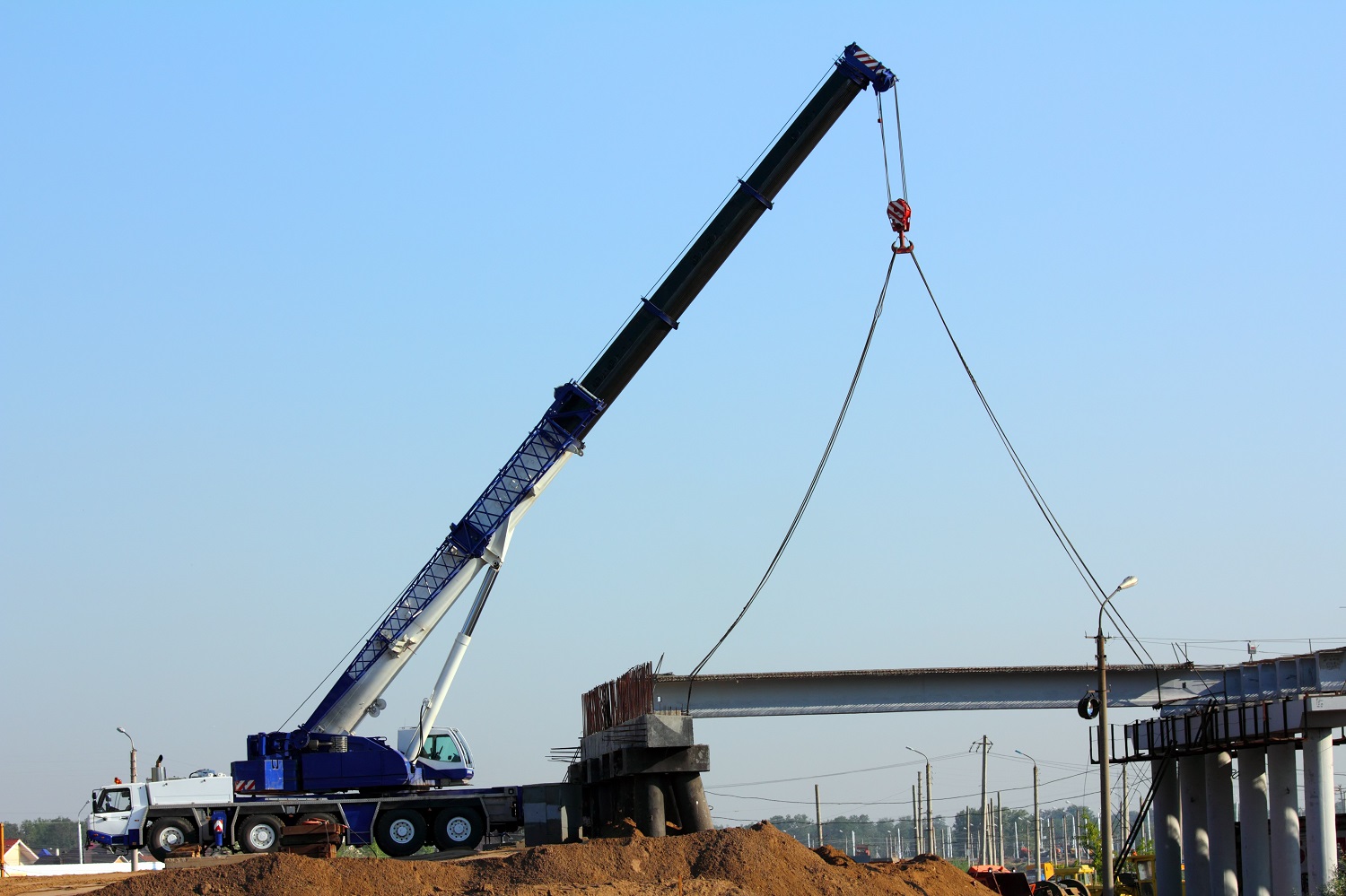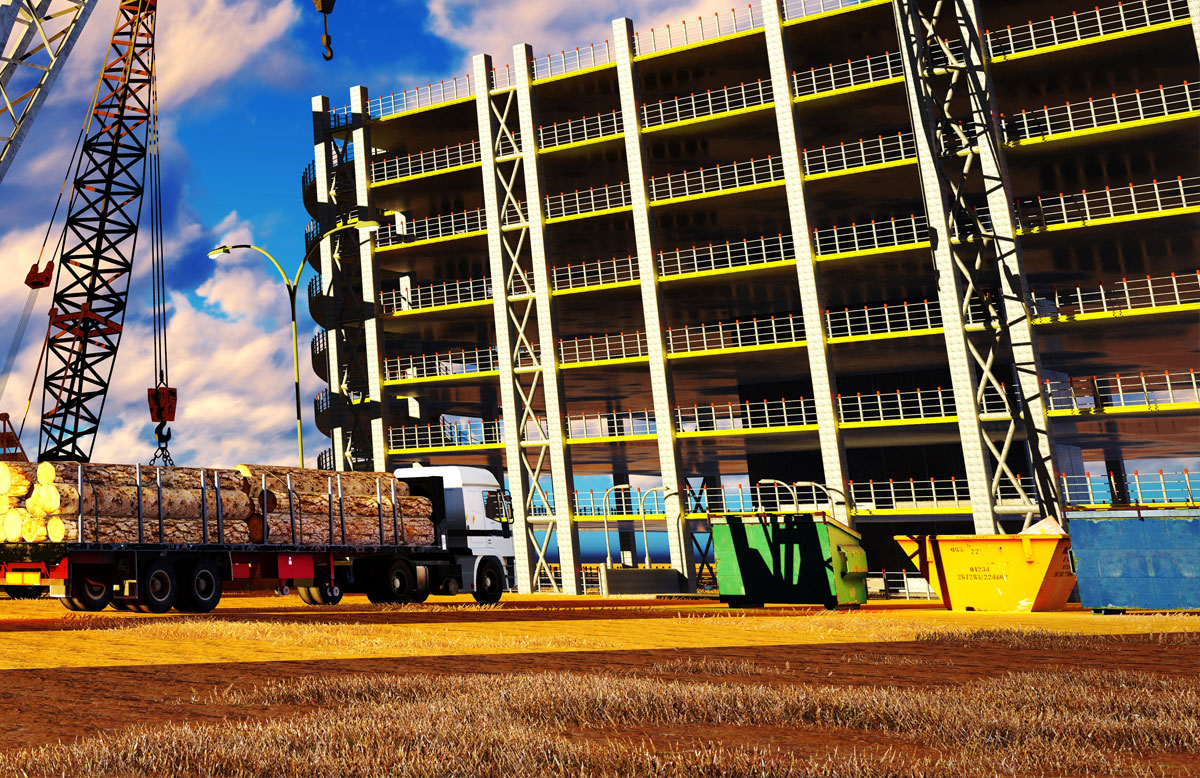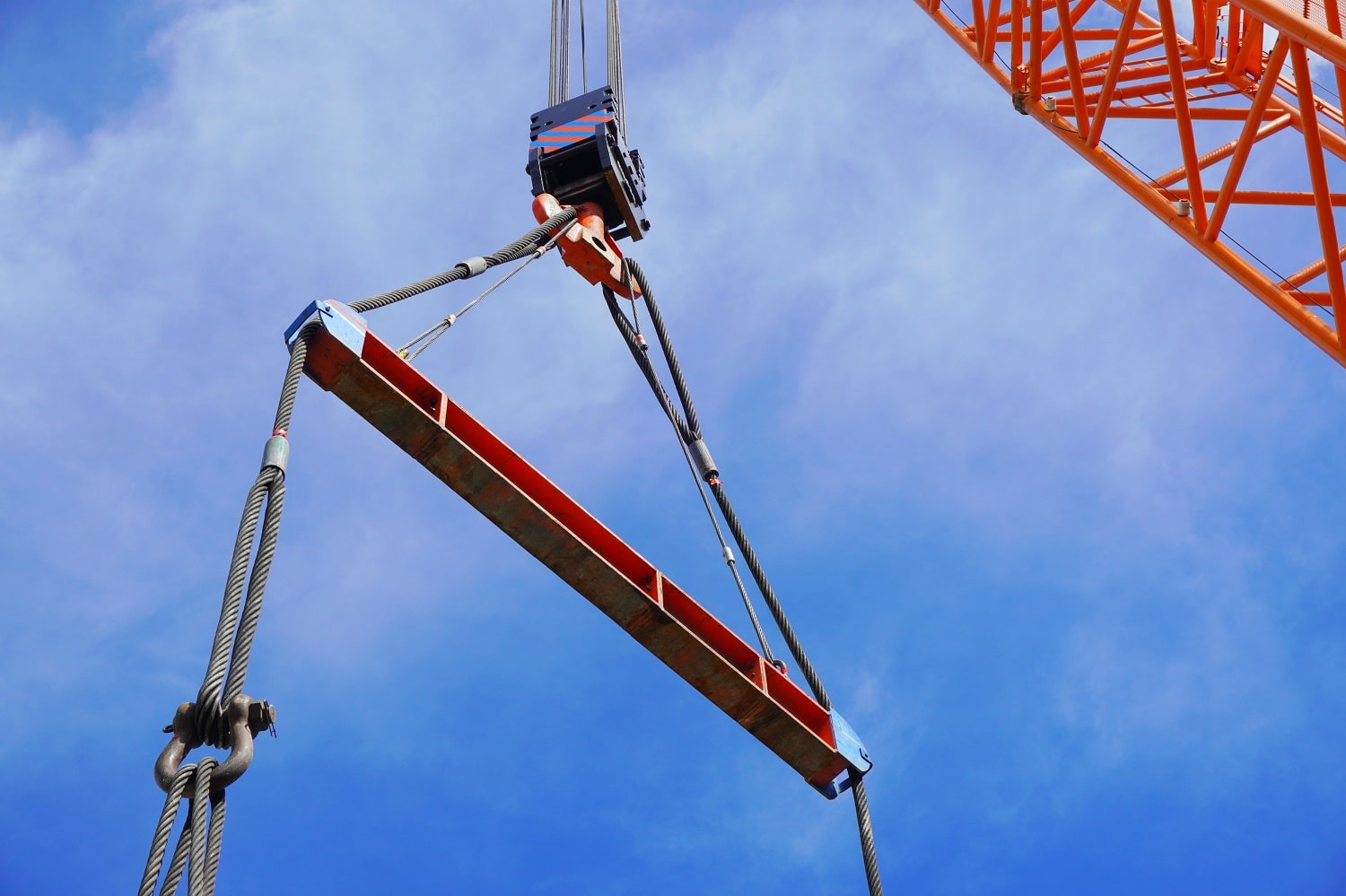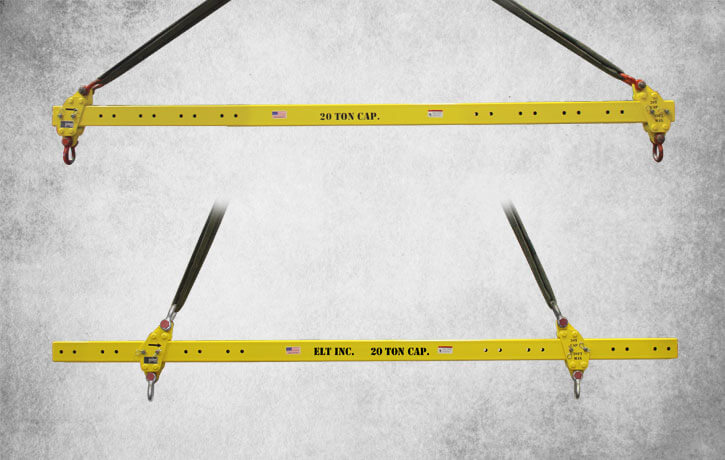Different Types of Rigging Equipment Guide
Rigging equipment is an integral part of numerous industries. From facilitating the lifting, hoisting, and transportation of heavy loads safely and efficiently, many different types of rigging equipment will be used across projects and businesses.
Whether it’s construction, manufacturing, or logistics, having a solid understanding of the various types of rigging equipment is crucial for ensuring the safety of workers and the success of the entire operation. In this comprehensive guide, we’ll explore a wide range of rigging equipment that will most commonly be seen on the jobsite and/or warehouse.
Lifting Beams
Lifting beams are specialized rigging equipment designed to distribute the load evenly when lifting long or awkwardly shaped objects. They consist of a horizontal beam with multiple attachment points for slings or hooks. Lifting beams prevent the load from tipping or bending during lifting operations, ensuring safety and stability.
Crane Baskets
Crane baskets, also known as man baskets or personnel baskets, are used for lifting workers to elevated workspaces, such as construction sites, maintenance tasks, or inspections. These baskets are equipped with safety features like guardrails, harness attachment points, and often have space for tools and equipment. Ensuring the proper design and inspection of crane baskets is essential for worker safety.
Wire Rope Slings
Wire rope slings are one of the most common and versatile types of rigging equipment. They consist of multiple strands of steel wire twisted together to create a durable and flexible lifting solution. These slings come in various configurations, including single-leg, double-leg, and multi-leg slings. Single-leg slings are suitable for vertical lifts, while multi-leg slings are ideal for loads with multiple attachment points. Wire rope slings are known for their strength and resistance to abrasion, making them suitable for heavy-duty applications.
Chain Slings
Chain slings are composed of metal chain links and are prized for their durability and strength. They can be adjusted for various lengths and are often used for lifting extremely heavy loads. Chain slings come in single-leg, double-leg, and multi-leg configurations, similar to wire rope slings. They are highly resistant to high temperatures, making them suitable for foundries and steel mills.
Synthetic Slings
Synthetic slings, made from materials like nylon, polyester, and polypropylene, offer a lightweight alternative to metal slings. They are easy to handle and less likely to damage delicate surfaces. Synthetic slings are color-coded to indicate their load capacity, making it easy to select the right sling for the job. These slings are excellent for lifting delicate or irregularly shaped loads.
Shackles
Shackles are essential rigging hardware used for connecting slings, hooks, and other rigging components to the load or lifting equipment. They come in various types, including screw-pin shackles, bolt-type shackles, and round-pin shackles. Screw-pin shackles are popular for their ease of use and quick connection, while bolt-type shackles provide additional security.
Hooks
Hooks are another crucial component of rigging equipment. They come in a variety of styles, such as C-hooks, eye hooks, and swivel hooks. Each type of hook serves a specific purpose and should be chosen based on the application’s requirements. Swivel hooks, for instance, allow for load rotation without twisting the sling or cable.
_________________________________________
Safety should always be the top priority when working with rigging equipment. Regular inspections, proper training, and adherence to safety guidelines are essential for preventing accidents and ensuring successful operations in various industries. By mastering the use of these rigging tools, businesses can enhance efficiency, reduce downtime, and most importantly, protect the well-being of their entire workforce.





